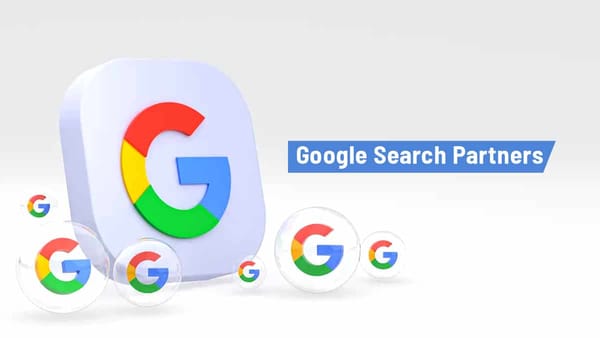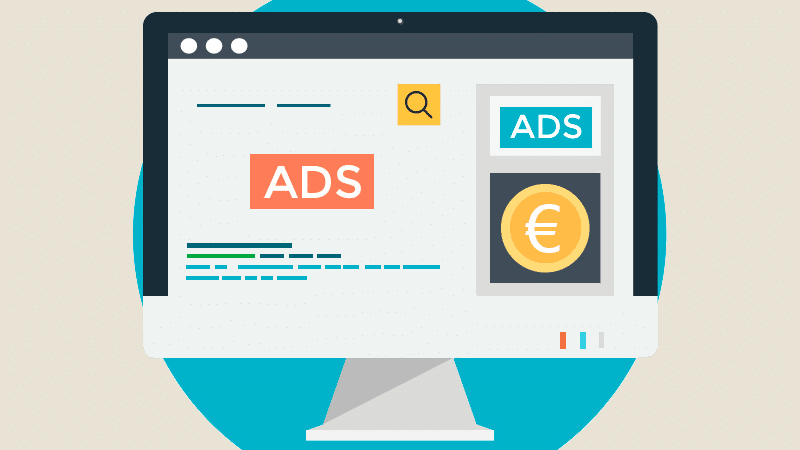Best Platforms to Practice Website Design Using HTML and CSS

Introduction
Mastering HTML and CSS is the foundation of web design. These languages form the building blocks of websites, making them essential skills for any aspiring web designer. Whether you’re just starting or looking to enhance your skills, practicing website design with HTML and CSS is a practical way to build confidence and creativity. This article highlights the best platforms and tips for honing your HTML and CSS skills.
1. Why Practice Website Design with HTML and CSS?
HTML (HyperText Markup Language) structures the content of a webpage, while CSS (Cascading Style Sheets) styles it to create visually appealing designs. Practicing these languages allows you to:
- Understand the fundamentals of web development.
- Build responsive and user-friendly websites.
- Gain hands-on experience for professional opportunities.
- Unleash creativity by experimenting with layouts, animations, and styles.
Practicing is not just about learning syntax; it’s about creating functional, real-world projects that prepare you for advanced web design.
2. Best Platforms to Practice HTML and CSS
a. FreeCodeCamp
FreeCodeCamp offers interactive coding exercises and projects to help beginners practice HTML and CSS. Their structured curriculum includes real-world projects like building landing pages, portfolio websites, and survey forms.
b. CodePen
CodePen is an online code editor and community where you can experiment with HTML, CSS, and JavaScript in real time. It’s perfect for testing ideas and sharing your work with others for feedback.
c. W3Schools Tryit Editor
W3Schools provides a “Tryit Editor” that allows you to write and test HTML and CSS code directly in your browser. It’s beginner-friendly and includes tutorials for structured learning.
d. Replit
Replit is a collaborative online coding environment that supports HTML and CSS. It’s ideal for team projects or individual practice, offering features like code sharing and version control.
e. Frontend Mentor
Frontend Mentor provides real-world website design challenges that require HTML and CSS coding. You can compare your solutions with others and learn best practices.
f. GitHub Pages
Use GitHub Pages to host your practice projects and gain hands-on experience in deploying websites. This practice not only helps with HTML and CSS but also introduces version control with Git.
3. Practical Exercises for HTML and CSS
a. Create a Simple Webpage
Start with a basic webpage structure. Use HTML to add headings, paragraphs, and images. Style it with CSS by experimenting with fonts, colors, and layout.
b. Build a Personal Portfolio
Design a portfolio website to showcase your skills and projects. Focus on layout, responsiveness, and aesthetics to make it professional.
c. Design a Responsive Navigation Bar
Practice building a responsive navigation bar using CSS Flexbox or Grid. Add hover effects and transitions for interactivity.
d. Clone Popular Websites
Choose a website you like and try replicating its design. This exercise sharpens your observation and coding skills.
e. Explore CSS Animations
Use keyframes to create animations like fading text, sliding images, or bouncing buttons. This adds a dynamic touch to your designs.
4. Tips to Enhance Your Practice Sessions
Set Clear Goals: Decide what you want to achieve during each practice session, such as mastering Flexbox or creating a responsive design.
Use Online Resources: Leverage tutorials, YouTube videos, and blogs to understand challenging concepts.
Experiment Boldly: Don’t hesitate to try unconventional designs or complex layouts. Experimentation fuels learning.
Seek Feedback: Share your projects on platforms like CodePen or GitHub to receive constructive criticism from peers.
Stay Consistent: Regular practice is key to improvement. Dedicate time daily or weekly to sharpen your skills.
5. Benefits of Practicing HTML and CSS for Website Design
- Improved Problem-Solving Skills: Tackling design challenges enhances your logical thinking.
- Portfolio Development: Your practice projects can become part of your professional portfolio.
- Foundation for Advanced Learning: HTML and CSS knowledge paves the way for mastering JavaScript, frameworks, and other web technologies.
- Career Opportunities: Skilled designers with a solid grasp of HTML and CSS are in demand across industries.
Conclusion
Practicing website design using HTML and CSS is the gateway to becoming a proficient web designer. Platforms like FreeCodeCamp, CodePen, and Frontend Mentor provide ample opportunities to learn and grow. By setting clear goals, experimenting with projects, and consistently honing your skills, you can master the art of web design and lay a strong foundation for a rewarding career in the digital world.




